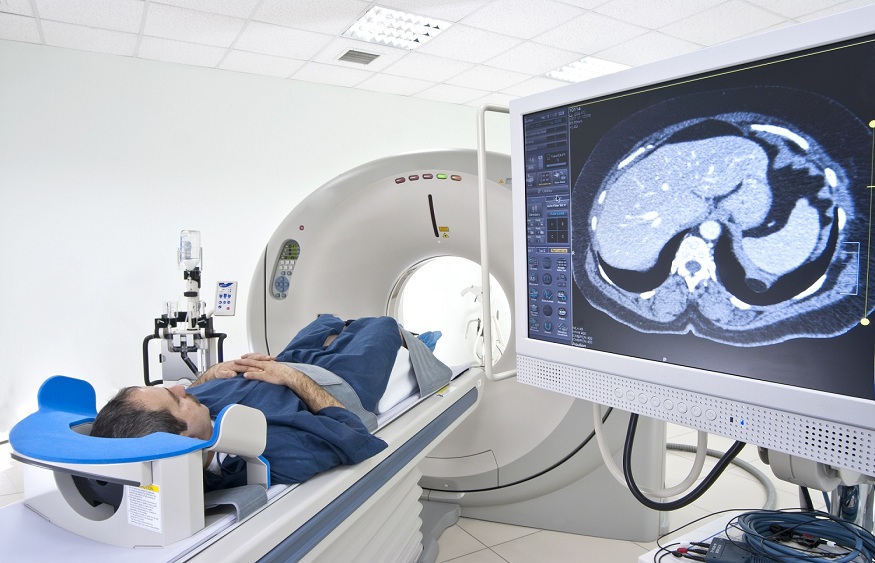Services for diagnostic medical imaging are essential to contemporary healthcare since they help with the precise diagnosis and management of various medical problems. Millions of patients are served annually by the US’s extensive network of imaging facilities. The quality of diagnostic medical imaging services can affect the accuracy of diagnoses and patient results. Patients have a big say in how well these services are provided. The methods patients might use to guarantee the calibre of diagnostic medical imaging services in the USA are examined in this article.
Recognizing the Value of Quality
It’s essential to comprehend why quality matters before diving into how to ensure it. For several reasons, quality assurance in diagnostic medical imaging services is crucial.
Accurate Diagnosis: Good imaging services enable accurate diagnoses necessary for treating the right medical conditions.
Patient Safety: Quality assurance minimises errors by decreasing the possibility of incorrect diagnosis or treatment.
Cost-effectiveness: Time and money can be saved by avoiding unneeded tests and procedures with the support of accurate diagnoses from high-quality imaging services.
Patient Satisfaction: Providing high-quality services frequently results in happier and more satisfied customers.
Let’s now examine the methods in which patients might actively contribute to ensuring the calibre of diagnostic medical imaging services in USA.
Pick Licenced Facilities
A sign of quality in the medical imaging sector is accreditation. Programs for imaging facilities accreditation are provided by the American College of Radiology (ACR) and other organisations. Patients should choose facilities that have received these accreditations because they signify a commitment to high standards for quality and safety.
Ask Questions Regarding the Equipment
The equipment utilised significantly impacts how well diagnostic medical imaging services are provided. Patients should inquire about the technology the institution uses because more recent, well-maintained equipment tends to give photos of higher quality. It is especially crucial for complicated procedures like MRIs, CT scans, and ultrasounds.
Look for qualified radiologists
Radiologists play an essential part in interpreting imaging results. Patients should ask the imaging centre’s radiologists about their training and experience. Professionals with experience are more likely to solve the photos correctly.
Obtain Second Opinions
It is acceptable to get a second opinion when critical medical decisions are made based on imaging results. Patients can request copies of their reports and photos for an independent evaluation and meet with another radiologist or specialist. It can give comfort and guarantee that the diagnosis is correct.
Talk about Radiation Exposure
Radiation exposure in excess can be dangerous. The need for the imaging procedure and the radiation dose involved should be discussed openly and honestly by patients with their medical professionals and radiologists. It facilitates decision-making and guarantees that unwanted exposure is prevented.
Examine pictures and reports
Patients should actively participate in looking at their reports and photographs. They can detect any differences or mistakes by being proactive, ensuring they get the proper diagnosis and care. Discussing any ambiguities or inconsistencies with the medical professional or radiologist is critical.
Get Information on Contrast Agents
Contrast agents may occasionally improve the visibility of particular circumstances or structures. Patients should consider using contrast agents with their healthcare professionals, particularly if they have allergies or other underlying medical conditions that would make contrast agents contraindicated.
Address any worries and inquiries
Patients should feel free to share their questions and concerns. It is crucial to have open lines of communication with radiologists and medical professionals to guarantee that patients are informed and their individual needs are met.
Review the Results.
It’s crucial to consult with your doctor right away to go through the data after the imaging procedure. It guarantees that any required actions or treatments can be started promptly.
Increasing US Access to High-Quality Diagnostic Medical Imaging Services
Patients are essential to guaranteeing the calibre of diagnostic medical imaging services, but it’s also critical to solving the more significant problem of increasing access to these services in the United States. It might be difficult for many patients, especially those who live in underserved areas, to find timely and reliable imaging services. Will look at some of the main issues influencing access in this part and potential remedies.
Geographic Disparities: Patients frequently travel great distances for diagnostic testing since rural and remote locations often need more convenient access to imaging facilities. It can delay diagnoses in addition to increasing the cost burden.
Expanding telemedicine and mobile imaging units can help close the gap and allow people living in distant locations to get high-quality imaging services without travelling great distances.
Financial Obstacles: Even for people with insurance, the cost of diagnostic medical imaging services can be out of reach. Some patients choose not to get required imaging procedures because of high deductibles and out-of-pocket costs.
Adopting transparent pricing and changing policies may help remove financial obstacles. Furthermore, aid programs or sliding scale pricing may help underserved groups afford imaging treatments.
Health Disparities: Access to imaging services may differ for some groups, such as the low-income and minority populations, resulting in unequal healthcare results.For this Reducing these gaps requires addressing social determinants of health, providing care sensitive to cultural differences, and promoting diversity and inclusion in healthcare.
Limited Healthcare Facilities: Lack of healthcare facilities in some areas, particularly heavily populated urban areas, can cause overcrowding and protracted wait times for diagnostic procedures.
Building more healthcare facilities and supporting the development of additional imaging centres can assist in easing congestion and shortening wait times.
Conclusion
Patients in the healthcare industry are becoming active players in their health rather than merely passive users of services. Patients in the USA have several options for ensuring the high quality and accuracy of diagnostic medical imaging services. To ensure the quality of these services, it is crucial to select accredited facilities, ask about equipment and radiologist qualifications, and actively participate in the process.
Healthcare must offer patients access to high-quality diagnostic imaging services, and consumers may empower themselves by being knowledgeable and proactive in their contacts with medical professionals and radiologists. Doing this, they help to achieve the objectives of more precise diagnoses, enhanced patient safety, and better overall healthcare results.

















+ There are no comments
Add yours